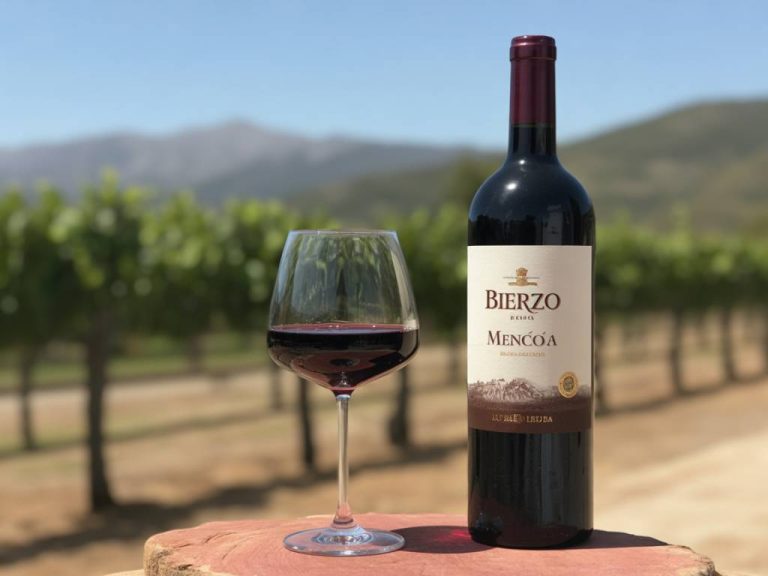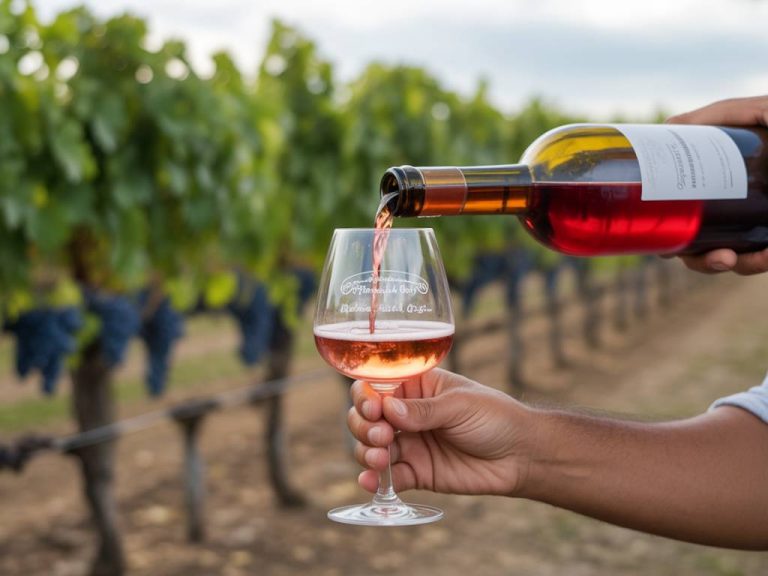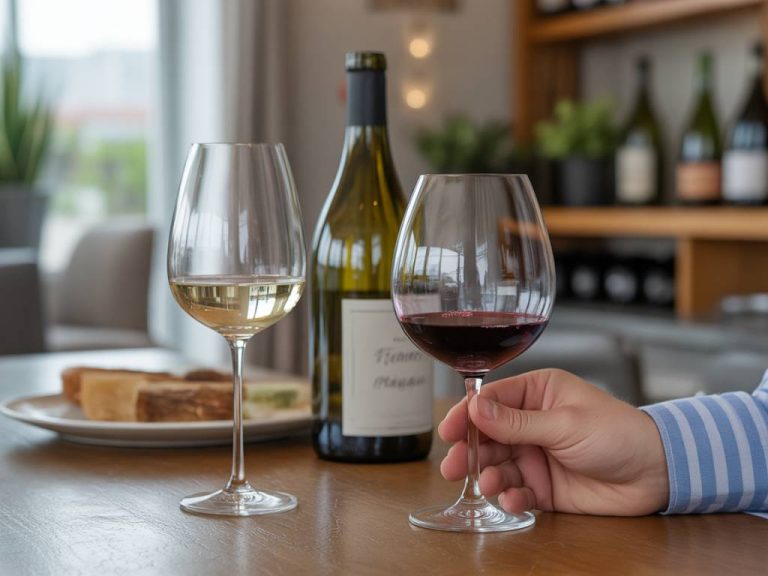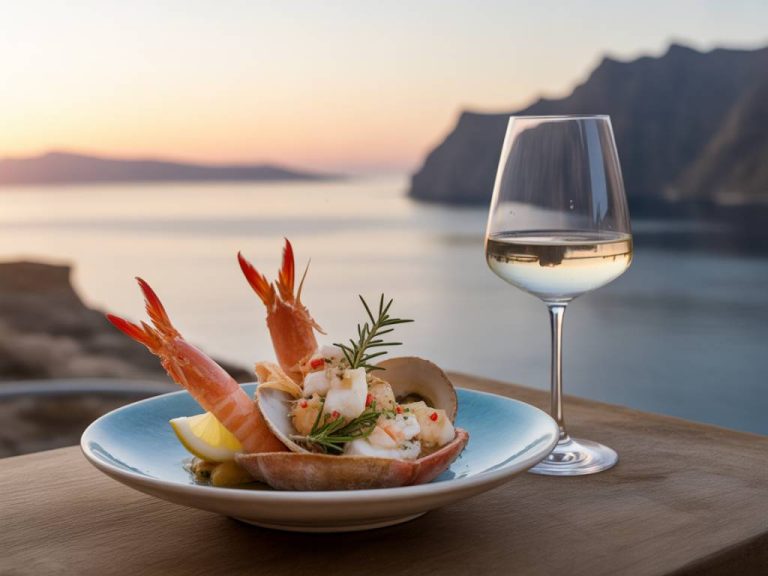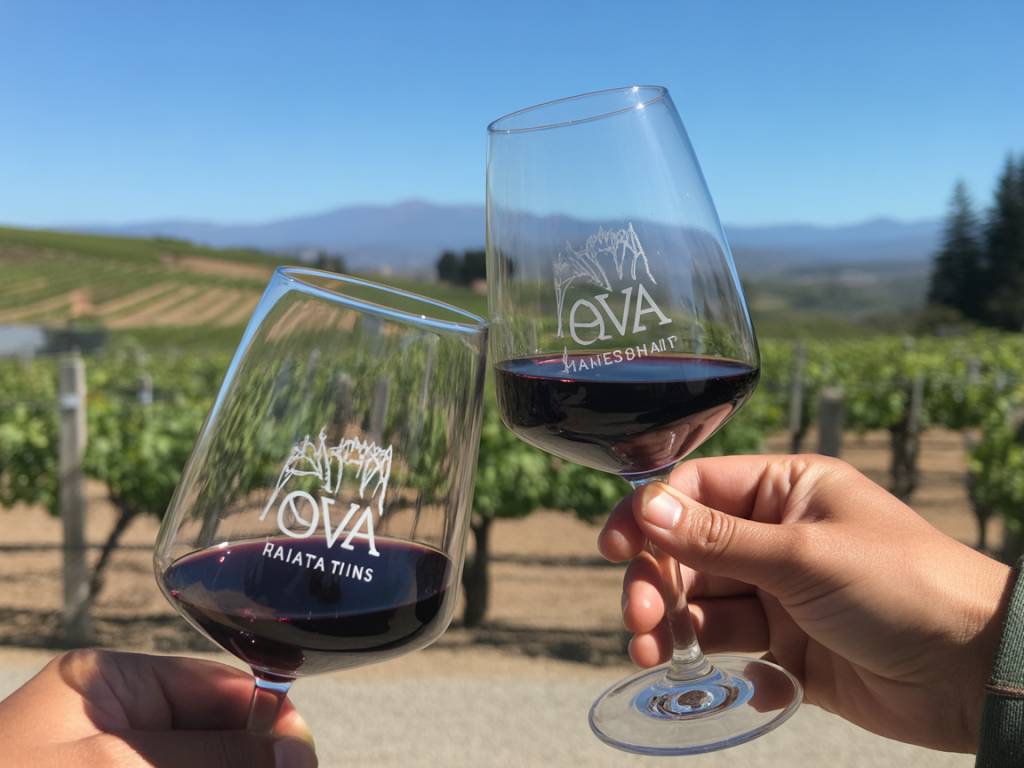
Santa Cruz Mountains AVA: tasting wines from California heights
Discovering the Santa Cruz Mountains AVA: Where Altitude Meets Attitude
When you think California wine, your mind likely goes straight to Napa or Sonoma. But zoom out a little, and you’ll find a region quietly producing some of the most characterful wines in the state: the Santa Cruz Mountains AVA. Nestled between the foggy embrace of the Pacific and the urban sprawl of Silicon Valley, this high-altitude appellation is a study in complexity — of terroirs, microclimates, and winemaking philosophy.
For wine lovers with an adventurous palate and a curiosity for the road less traveled, the Santa Cruz Mountains offer an unforgettable tasting experience. But what makes this AVA stand out beyond its postcard beauty? Let’s dive into what lies behind the cork.
A High-Altitude Playground for Vines
Stretching across three counties — Santa Cruz, Santa Clara, and San Mateo — the Santa Cruz Mountains AVA was established in 1981, making it one of the first defined mountainous AVAs in the United States. Unlike many flatter viticultural areas where uniformity is the norm, here it’s all about variation. Vineyards perch anywhere between 400 and 2,600 feet above sea level, with some plots literally carved into hillside terraces.
This dramatic topography offers several key advantages:
- Day/night temperature swings: Warm days and cool nights slow ripening, allowing flavors to develop complexity while maintaining bright acidity.
- Fog influence: Morning fog from the Pacific acts as a natural air conditioner for the grapes, tempering sugar accumulation.
- Soil variation: From decomposed granite to marine sediment and clay loam, soil diversity adds nuance to the wines, particularly Pinot Noir and Chardonnay.
Simply put, this AVA is a winemaker’s Rubik’s cube — challenging, subtle, and endlessly fascinating.
Pinot Noir with Nerve and Nuance
If there’s one grape that thrives here, it’s Pinot Noir. But unlike its more polished and fruit-forward cousins from Carneros or the Russian River Valley, Pinot from the Santa Cruz Mountains tends to be a little more reserved — and all the better for it. Earthy, mineral-driven, and sometimes even a bit wild, these wines resonate more like a whispered story than a splashy headline.
I remember a tasting at Mount Eden Vineyards, one of the AVA’s elder statesmen. Their estate Pinot, grown at 2,000 feet, struck an intriguing balance between alpine herbs, red cherry, forest floor and that elusive “crunch” — the kind you only get from grapes picked at optimal phenolic ripeness, rather than chasing sugar.
Other producers worth seeking out? Rhys Vineyards is all about precision and micro-lots, with a Burgundian touch. Big Basin Vineyards leans more wild and earthy, often incorporating whole-cluster fermentation to showcase tannic structure and age-worthiness.
Chardonnay with a Steely Core
Chardonnay here is no butterball. While other California regions lean into voluptuous oak and malolactic richness, in the Santa Cruz Mountains, you’ll find wines with laser-sharp acidity, saline minerality, and a restrained, citrus-driven profile that can hold its own against top-tier Chablis.
The key here is balance — and altitude. With cooler temperatures and longer growing seasons, grapes retain more acidity, leading to lower pH wines and increased ageability. Fermentation often occurs in neutral oak or stainless steel, with lees stirring taking center stage instead of new-barrel drama.
Wineries like Thomas Fogarty and Mindego Ridge delight in pushing what Chardonnay can be when freshness guides the winemaking decisions. Expect notes of lemon curd, crushed shell, green apple, and nuances of flint or wet stone when aged a few years.
Bordeaux Grapes: Cabernet with Altitude
While Pinot and Chardonnay dominate the conversation, don’t overlook the brawnier siblings in the family. The eastern slopes of the Santa Cruz Mountains — particularly those falling under Santa Clara County — are home to some resilient Cabernet Sauvignon, Cabernet Franc, and Merlot plantings.
Ridge Vineyards’ Monte Bello estate is arguably the most iconic in this category. Their flagship Bordeaux-style blend, grown at elevations nearing 2,600 feet, defined what Californian Cabernet could be long before Napa became a household name. Tasting a Monte Bello vintage is like thumbing through a novel: cassis, leather, graphite, mountain herbs, and a texture that evolves in the glass over hours, not minutes.
If you’re looking for more approachable reds with a similar pedigree, Mount Eden’s Cabernet and Loma Prieta Winery’s Merlot offer fruit and grace in equal measure, with a fresher edge that pairs beautifully with grilled lamb or mushroom ragoût.
Visiting the Region: A Tasting Trail Off the Beaten Path
Unlike the polished tasting rooms of Napa, visiting wineries here feels more like stopping at a friend’s hillside vineyard — if your friend happens to have a PhD in geology and a cellar full of verticals. That’s the charm. Roads wind and narrow; cell service disappears; the reward is intimacy, authenticity, and vineyards you can literally touch.
A few tasting itineraries to consider:
- The Skyline Scenic Route: Begin with Thomas Fogarty for panoramic views and elegant whites, then head to Mindego Ridge (by appointment) for small-production Pinot Noir that’s redefining what coastal mountain wine can be.
- The Mountain Classic Tour: Visit Mount Eden Vineyards, one of California’s oldest continuously producing estates at high elevation, then close the loop with a vertical tasting at Ridge’s Monte Bello location — an unforgettable look at age-worthiness.
- The South County Discovery: Explore lesser-known gems like Lester Estate and Burrell School Vineyards, where family-run operations focus on hands-on farming and varietal expression.
Wherever you land, call ahead — many wineries here operate by appointment or offer tastings on select weekends. But the payoff is deep conversation, thoughtfully made wines, and a chance to taste California through a different lens.
Food Pairing Ideas: When Mountain Wine Meets the Table
The Santa Cruz Mountains’ signature tension — vibrant acidity, precise fruit, savory layers — makes its wines incredibly food friendly. Here are a few pairing ideas to bring out their best.
- Pinot Noir: Grilled salmon with lentils, duck confit, or wild mushroom risotto. The wine’s earthiness harmonizes beautifully with umami-rich dishes.
- Chardonnay: Think Dungeness crab, seared scallops, or a lemony chicken piccata. Sharp flavors find balance in the wine’s mineral spine.
- Cabernet blends: Braised short ribs, aged cheddar, or rosemary-crusted lamb chops. The wine’s mountain-grown tannins need meat or fat to match.
Pro tip: if you’re hosting a dinner party, consider a Santa Cruz Mountains flight. Pour a Chardonnay, Pinot, and Cabernet side by side — same region, different expressions. It’s a conversation starter waiting to happen.
Final Thoughts from the Cellar
There’s a quiet confidence to wines from the Santa Cruz Mountains — a kind of rugged elegance that doesn’t chase trends but leans into authenticity. These are not wines designed for Instagram likes; they’re crafted for those who consider wine not just a beverage, but a reflection of place, time, and intention.
So next time you browse your local wine shop or plan a California wine trip, take the road that winds a little higher. Chances are, you’ll discover more than a few bottles that leave a lasting impression — long after the last sip.
